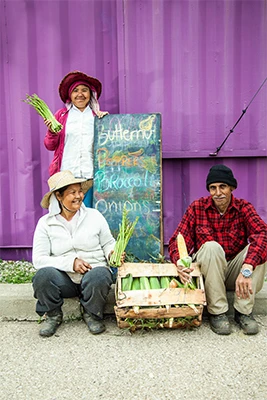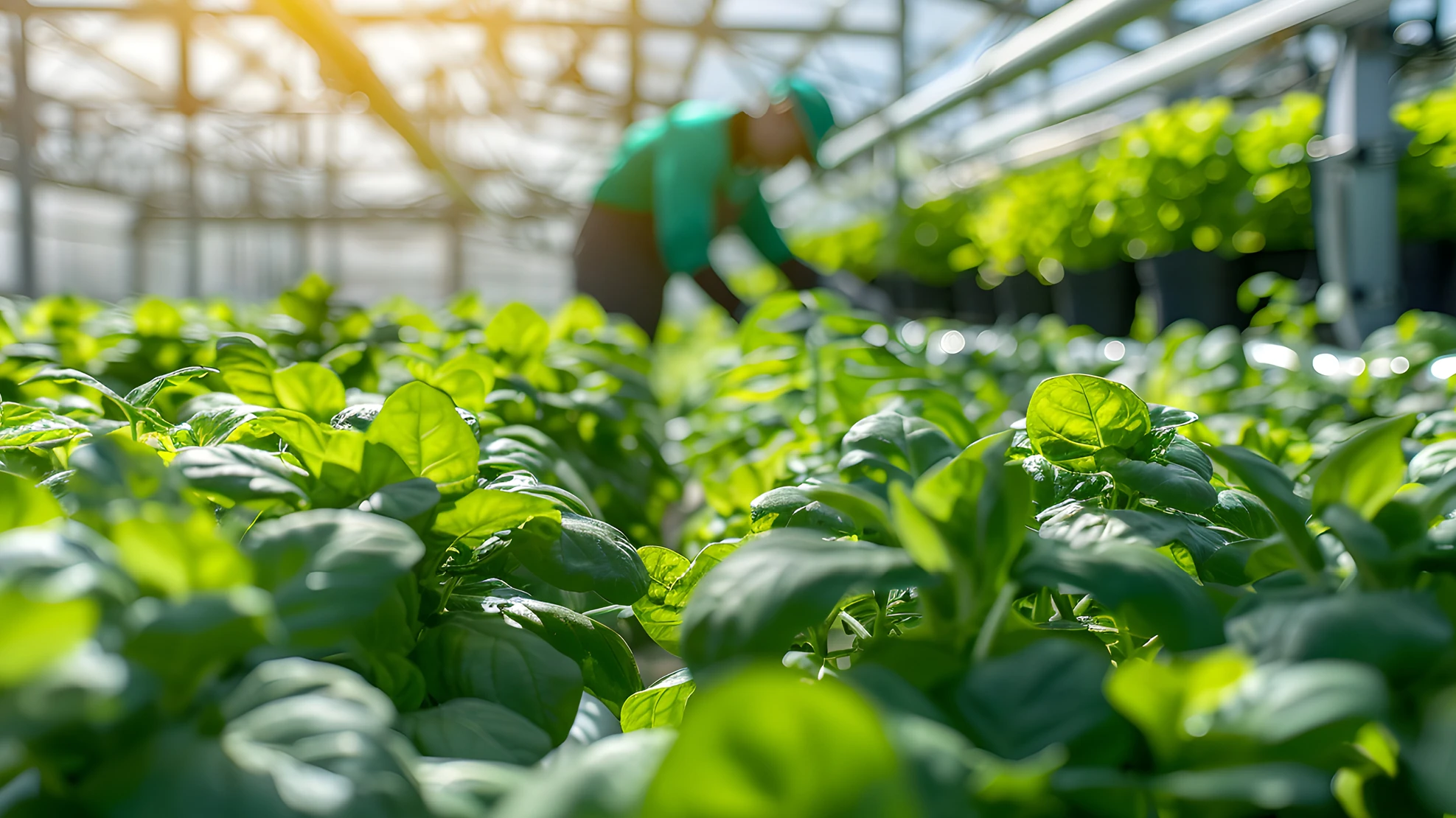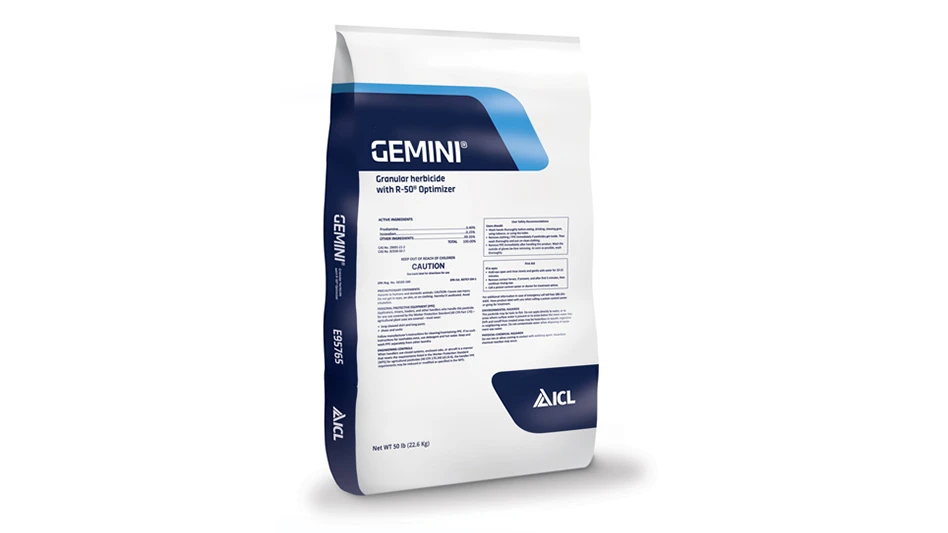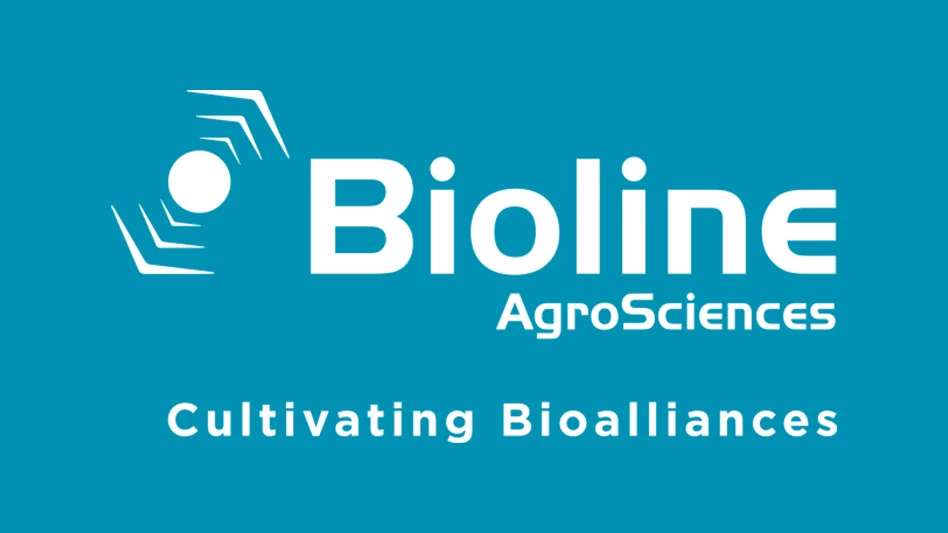
 Every weekday morning, five Cleveland residents head to the Cuyahoga County Board of Developmental Disabilities (CCBDD) campus on the city’s east side to go to work in the facility’s greenhouse. There, despite their developmental differences, they learn how to plant, grow, harvest and sell both edible and ornamental crops so that one day, they’ll have acquired the skills to take their abilities elsewhere for higher pay.
Every weekday morning, five Cleveland residents head to the Cuyahoga County Board of Developmental Disabilities (CCBDD) campus on the city’s east side to go to work in the facility’s greenhouse. There, despite their developmental differences, they learn how to plant, grow, harvest and sell both edible and ornamental crops so that one day, they’ll have acquired the skills to take their abilities elsewhere for higher pay.
In Greenhouse Management’s 2014 State of the Industry study, 53 percent of growers said it was either difficult or very difficult to find high-quality hires for available positions. Forty-eight percent said it would be difficult or very difficult to fill a growing/technical position.
And although results showed that it was easier to hire on labor personnel, high turnover is an industry-wide issue. It’s possible that offering employment opportunities to a diversified labor pool may decrease those turnover rates.
CCBDD’s program, called Cleveland Crops, was established in 2010 as a nonprofit. It provides training in horticultural practices and employment opportunities for adults with developmental disabilities in the county.
Cleveland Crops is one of several programs throughout the nation that employ those at a social or economic disadvantage to learn about the horticulture industry and provide general job training and skills through greenhouse operations. The programs do not only aim to broaden awareness for healthy eating and locally sourced foods, but also work to give back to the community and provide support for those who may not otherwise receive it.
Four campuses have been built in Northeast Ohio to facilitate Cleveland Crops’ effort, which includes the east side’s 7,500-square-foot greenhouse. The participants of the program grow vegetables such as microgreens, kale and red peppers that are distributed as fresh produce or packaged items like dehydrated kale chips, dried fruit medleys and red pepper pasta sauce. They’re sold at local farmers markets and independent grocery stores in and around the greater Cleveland area.
The idea behind Cleveland Crops was to find a project that would endure and not be as susceptible to an economic downturn as other industries, says Dan Nolen, northeast regional employment manager for CCBDD.
“The idea was, ‘Let’s create a company where we’re creating jobs instead of asking for jobs,’” Nolen says.
Cleveland Crops commodities are also sold at Ohio City Farms, which is a collaborative effort comprised of five local groups that work together to sell produce to restaurants and at their own farm stand. The stand competes adjacent to the bustling West Side Market — Cleveland’s oldest public market.
.jpg) Another arm of Ohio City Farms, Refugee Response, uses the near 6-acre growing space behind the farm stand in a program called The Refugee Empowerment Agricultural Program (REAP).
Another arm of Ohio City Farms, Refugee Response, uses the near 6-acre growing space behind the farm stand in a program called The Refugee Empowerment Agricultural Program (REAP).
The farming land REAP utilizes is one of the largest contiguous urban farms in the U.S., and its use helps refugees from more than 12 different countries including Syria, Burma, Somalia, Iraq and Afghanistan by empowering them through agricultural, business and language training. Right now, REAP is working with nine refugees as they resettle in Northeast Ohio.
“We’re teaching them twice a week in the classroom for several hours at a time about transportation systems and currency, how to do your taxes and farm planning,” says Darren Hamm, who became executive director for Cleveland’s Refugee Response this past November. “They actually select the seeds, develop the rotation methods and the crop varieties they’re going to be growing based on sales.”
A helping hand
Teaching growing practices to those who are disabled or socially disadvantaged allows groups to give back to the community, but the benefits participants receive are invaluable, as these groups are helping those involved advance to the next level of employment. Most programs also maintain small numbers of participants — usually between five and 15 people — which allows for hands-on, one-on-one attention and instruction.
Participants of Cleveland Crops can work full or part time, are paid hourly and stay with the program as long as necessary, though the goal is to provide them skills to move on to outside employment. Some have participated for three months and found work; others have stayed years.
Staff at CCBDD also helps its participants find work once they’re ready.
“We like to think that we’re helping them, too, just by building good work habits, following directions, being on time, even if it’s not in the same industry.”
Although sometimes, participants do get hired within the horticultural business.
“We’ve had a couple guys get hired just recently at a garden center,” Nolen says. “We’re thrilled with that.”
Refugee Response’s participants are compensated for their work and classroom time. They’re also able to keep produce that isn’t sold at the farm stand, which is an important part of many of their saving and preserving ethics, Hamm says.
Others, like veterans in the Brockton VA Greenhouse and Garden project in Boston, Mass., are learning what it’s like to get back to work.
Inside the Brockton Veterans Affairs Campus is a 7,500-square-foot greenhouse, which is an option for the VA’s Compensated Work Therapy Program (CWP) for physical and mental rehabilitation. The veterans (often at least five CWP employees at any given time) learn growing techniques and how to sell their ornamental and produce crops in the lobby of the campus’ main entrance.
“They’re touching and feeling and watching things grow,” says the project’s director Jeff Munsell. “That, I think, is an important part of getting people back into reality, back into focus.”
Learning the greenhouse operation also allows veterans to take a step back and see what they’ve accomplished: plants that they’ve grown themselves. And Munsell says the group also takes the time to have fun. “We have a lot of laughs,” he says. “As we get into the season, it gets really hot. We can find a tree and sip lemonade for a couple hours and just watch all the stuff grow.”
An extra effort
Training groups of people who may not otherwise have had an opportunity in horticulture is certainly rewarding; however, with disadvantages come challenges, especially when the greenhouse must turn a profit. In most cases, that means just making ends meet to continue the programs.
For Refugee Response, it’s not the agricultural ability that’s the challenge (most come with some degree of agricultural background) but the language barrier.
“Language is the crux of the entire problem,” Hamm says. “When you come without functional language skills, you limit your children’s ability to function in school. You limit your ability to get gainful employment and your ability to acculturate and understand access to services, your neighbors, everything around you.”
Most refugees in the program have resided in the U.S. for at least six months, and are often paired with those who come from the same areas of the world to make communication run smoother.
Other groups, like Cleveland Crops and the Brockton VA Greenhouse and Garden Project, have hurdles at the other end of the spectrum: their participants have no training in agriculture or horticulture.
 So to help gauge their interest and willingness to learn, Cleveland Crops sets up a one-week “Spring Training,” as they call it, so that potential consumers can get a preview of the program. They learn the tools in the greenhouse, what work needs to be done, what the schedule will be like and other basics about the job.
So to help gauge their interest and willingness to learn, Cleveland Crops sets up a one-week “Spring Training,” as they call it, so that potential consumers can get a preview of the program. They learn the tools in the greenhouse, what work needs to be done, what the schedule will be like and other basics about the job.
“You could say yes to a farm when you’re sitting in an office,” Nolen says. “But when you come on a cold day, or a really hot day, on a muddy day, it’s different than what some people think.”
In the last round of Spring Training, 20 participants took the course. Twelve agreed to join (six of whom work mainly in indoor production).
In Brockton, the biggest challenge is not the physical work or ability to learn, but adjusting to veterans’ past addictions or mental health issues. And because there are many opportunities at the VA’s campus, Munsell can be a bit choosy of who works in the greenhouse. He conducts interviews with interested veterans to ensure they’re the right fit.
“We’re dealing with human beings, and not everyone is as honest as the next. In the past, that’s been a problem. The honesty, dealing with money, lack of motivation occasionally, but everyone can find their own niche in a different job somewhere,” Munsell says. “If they can’t do the math, or if money is missing, then we have to sit down and we have to have a meeting, and without being too accusatory, find another placement.”
For other groups, safety is the main concern.
In the state of Washington, five of the state’s 12 prisons have a conservation nursery program, and 10 have a gardening program. The Sustainability in Prison Project (SPP), a partnership formed by The Evergreen State College and Washington’s Department of Corrections, oversees the projects.
The conservation nursery program utilizes hoophouses and greenhouses to grow approximately 400,000 native plants. The SPP also recently launched the Sage Shrub Ecosystem program, through which inmates grow sage brush, a plant that is being considered for inclusion on the Federal Endangered Species list.
“All of the plants leave the prison,” says Kelli Bush, projects manager for SPP. “They go to restoration sites and are used by our 10 to 15 partners that are restoring prairies.”
Inmates receive meager compensation (42 cents an hour), as the programs are designed to provide job training, education and work experience; not livable paychecks.
SPP’s work with medium and minimum security inmates can bring about safety concerns, even though they try not to discriminate on the basis of past crimes.
“We try to take a realistic approach to the audience we’re working with,” Bush says. “We provide a lot of training for our volunteers and staff on how they can keep themselves safe, and we receive a lot of support from our Department of Corrections partners to make sure we maintain a safe work environment. We haven’t had any incidents, and we try not to be naïve about the environment we’re working in.”
A brand awareness
Producing a sustainable product with reduced waste is an important theme for all greenhouse operations; however, ensuring the business itself is sustainable is a major focus so the programs can continue.
Cleveland Crops has created a logo to promote awareness for its products. The group is now in the process of selecting a new label for its packaged commodities. On the package, they’ve decided to include a few sentences about the organization, but determining its placement is important.
“On the front should be what it is,” Nolen says, whether that be dehydrated kale chips, the fruit medleys or other products. “On the back [it should read], ‘This was made by a good cause, and there’s a heart to our organization.’”
To turn a profit, Nolen says the group wants to sell its product alongside other players that don’t have employees with developmental disabilities.
“We want to compete and be regular and bring up what we do. Don’t buy it because we deserve pity. Buy it because it’s good,” he says.
Refugee Response is also facing an awareness issue. Hamm says he himself has come to the West Side Market his entire life, but he was unaware Ohio City Farms had even existed for years before he was hired on.
“We have to do a lot better marketing,” Hamm says. “We have bees here on site. We need to explore ways of attracting either our partners that are doing local organic teas, or honeys, or value-added products on site to obtain some attraction. I think there also needs to be a way to buy food and eat it here.”
For Brockton VA Greenhouse and Garden, the obstacle is transportation.
“[The] $20 or $25 arrangement that I might make of flowers in Brockton will get $40 or $45 at, say, West Roxbury VA campus, but we can’t always get there,” Munsell says. “It takes a lot of logistics and planning.”
But some good news for the not too distant future — there have been recent talks of starting a farmer’s market right on the VA campus.
.jpg)
A worthy option
As with hiring any employee, there are several factors to consider, and in this case, maybe more. Although participants coming from these programs will have some agricultural experience, health care, language barriers, extra paperwork, required certification and increased supervision are all potential extra headaches.
But it may also be worthwhile to weigh the benefit of providing an opportunity to someone attempting to better themselves while also serving your business.
In the meantime, programs like Ohio City Farms, Brockton VA Greenhouse and Garden project and the Sustainability in Prison project will continue to foster capable employees who want to learn horticulture and improve their job outlooks.
“What’s really great about what we do is it’s not just about being in this space. This is just where we start,” Hamm says. “It’s all the wraparound stuff we do, too. We could be tutoring their kids. We could be providing their kids scholarships to schools. We could be increasing access to the outside world. We’re providing classroom education. We’re doing everything we possibly can to get them to a better state.”
Chris Mosby, assistant editor for Greenhouse Management, also contributed to this article. For more information about refugee labor programs, reference page 78 to learn about the Hoffman Nursery experience.

Explore the June 2015 Issue
Check out more from this issue and find your next story to read.
Latest from Greenhouse Management
- 2025 Proven Winners Horticulture Scholarship applications now open
- How to improve inventory and shipping management in the greenhouse
- Leading Women of Horticulture: Anna Ball, Ball Hort, and Terri McEnaney, Bailey Nurseries
- GM CEA HERB Part 2: A guide to increasing the sowing density of culinary herbs
- GM CEA HERB Part 1: Best practices for producing culinary herbs in controlled environments
- USDA fires experts on invasive pests, including Asian citrus psyllid, chilli thrips
- CEA Alliance celebrates bipartisan introduction of Supporting Innovation in Agriculture Act
- Dümmen Orange North America celebrating 25th anniversary in 2025





